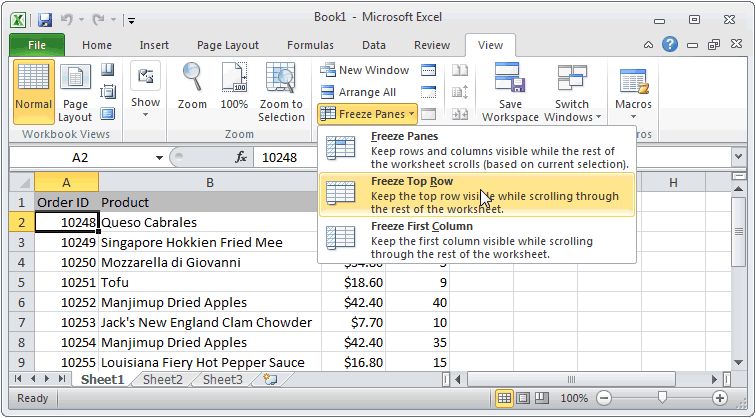Legal Paperwork Guide: Change Your Name Easily

Initiating the process to legally change your name is a significant personal decision that can stem from various life events such as marriage, divorce, gender transition, or simply a personal desire for a new identity. Navigating the legal system to achieve this change can appear daunting, but with a clear understanding of the steps involved, it becomes a manageable task. This guide aims to walk you through the steps, legal requirements, and considerations you need to be aware of to change your name easily.
Understanding the Legal Name Change Process

Before diving into the detailed steps of the name change process, understanding the framework is crucial:
- Jurisdiction: The process varies by state or country, and sometimes even within municipalities. Researching local laws is the first step.
- Reasons for Change: Courts will need a valid reason for your name change, although nearly any reason is generally accepted as long as it's not for fraudulent purposes.
- Eligibility: Age, residency, and other specific requirements can apply.
- Fees: Expect to pay court fees, publication fees, and possibly legal representation costs.

Step-by-Step Guide to Changing Your Name

1. Research Local Laws
- Visit the website of your local government or courthouse to find specific requirements for name changes.
- Check for forms, fees, necessary documents, and publication requirements.
📍 Note: Online resources can be overwhelming. Prioritize information from official government websites.
2. Gather Necessary Documents
- Birth certificate or proof of citizenship
- Proof of residency (utility bill, lease agreement, etc.)
- Any existing legal documents where your current name is listed (marriage/divorce decree, etc.)
- Photos or passport-style photos
- Court fees and possibly a filing fee
3. Complete and File the Petition
Depending on your jurisdiction, you’ll need to:
- Fill out the name change petition form.
- Have the form notarized if required.
- File the petition with the court clerk and pay the fees.
4. Notify Interested Parties
In some jurisdictions, you’re required to:
- Publish your name change intention in a local newspaper.
- Notify any involved parties like creditors, if necessary.
5. Court Hearing
- Attend the court hearing where the judge will approve or deny your name change request.
- If approved, the court issues a name change decree.
6. Update Your Records
- Obtain certified copies of your decree, which you’ll need to update:
- Social Security Administration records
- Passport
- Driver’s license or state ID
- Voter registration
- Financial institutions, insurance, etc.
Common Pitfalls and How to Avoid Them

- Incorrect Forms: Ensure you’re using the most up-to-date, jurisdiction-specific forms.
- Incomplete Documentation: Double-check all required documents before submitting.
- Fees and Payment: Verify the correct payment methods and fee amounts.
- Publication of Change: Follow local laws for publicizing your name change, if required.
🔍 Note: Keeping a checklist can help ensure you don't miss any steps or deadlines.
Changing Names for Minors

The process for minors involves additional considerations:
- Both parents’ consent might be required.
- A hearing with the child might be necessary depending on age.
Legal Reasons for Denial

While rare, there are circumstances under which a name change request might be denied:
- If it’s intended to evade legal obligations or commit fraud.
- If the change could confuse the public (e.g., celebrities).
- Unusual or offensive names that could affect the person’s rights.
After navigating through the legal labyrinth of changing your name, the finale is updating your identity. Remember to keep copies of all legal documents related to your name change for future reference. This journey requires attention to detail, patience, and sometimes, a bit of persistence. The rewards, however, are significant: a new name that reflects who you are now, and the opportunity to move forward with a fresh identity.
Can I change my name to anything?

+
While you have a lot of freedom in choosing your new name, there are limits. Names cannot be offensive, confusing to the public, or intended for fraudulent purposes.
How much does it cost to change my name?

+
The cost varies by jurisdiction, typically ranging from 150 to 400 or more, depending on court fees, publication costs, and other expenses.
How long does the name change process take?

+
The process can take anywhere from 3 to 6 months or more, depending on court backlogs and required publication periods.
Do I need a lawyer to change my name?

+
Generally, a lawyer isn’t necessary, but they can be helpful if there are complications or if you need guidance through the legal process.



